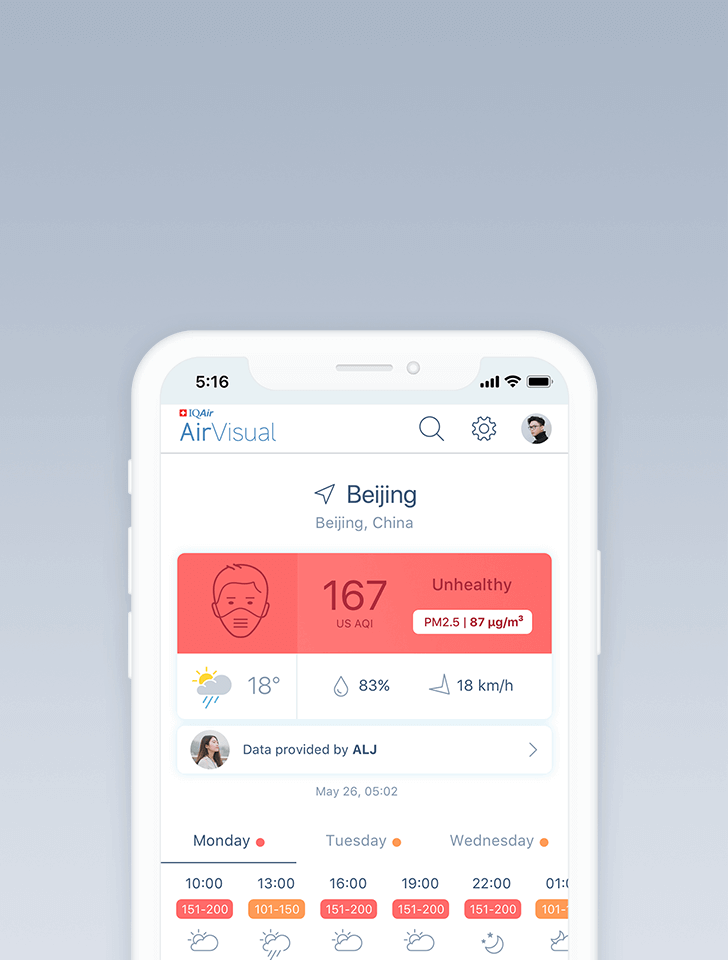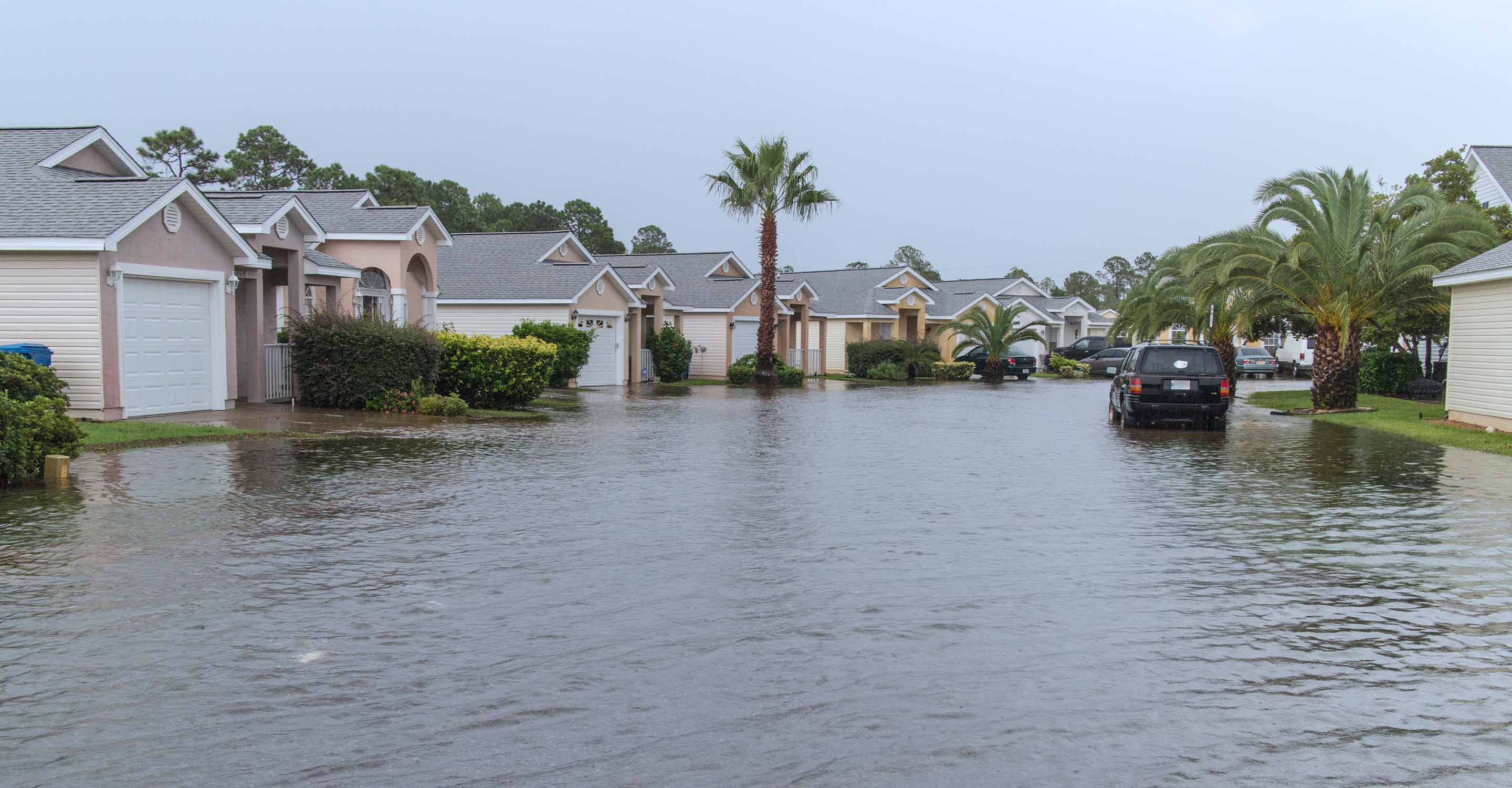Air quality in Xuzhou
Air quality index (AQI) and PM2.5 air pollution in Xuzhou
14.1K people follow this city

Xuzhou Air Quality Map
Real-time Xuzhou air pollution map
Weather
What is the current weather in Xuzhou?
| Weather | Broken clouds |
| Temperature | 53.6°F |
| Humidity | 39% |
| Wind | 3.5 mp/h |
| Pressure | 29.9 Hg |
live aqi city ranking
Real-time China city ranking
| # | city | US AQI |
|---|---|---|
| 1 | Lucheng, Anhui | 253 |
| 2 | Jilin, Jilin | 202 |
| 3 | Harbin, Heilongjiang | 187 |
| 4 | Xiangyang, Hubei | 187 |
| 5 | Xian, Shaanxi | 186 |
| 6 | Xianyang, Shaanxi | 186 |
| 7 | Baoji, Shaanxi | 184 |
| 8 | Jiamusi, Heilongjiang | 181 |
| 9 | Wuzhong, Ningxia | 169 |
| 10 | Tongchuan, Shaanxi | 164 |
(local time)
SEE WORLD AQI RANKING3D animated air pollution map

live Xuzhou aqi ranking
Real-time Xuzhou air quality ranking
| # | station | US AQI |
|---|---|---|
| 1 | Huaita | 132 |
| 2 | Xincheng qu | 122 |
| 3 | Academy of Agricultural Sciences | 112 |
| 4 | New town | 110 |
| 5 | Huanghexincun South Community | 102 |
| 6 | Yellow River New Village | 102 |
| 7 | Tongshan District Admissions Office | 91 |
| 8 | Tongshan Colleges and Universities Enrollment Office | 82 |
| 9 | Gulou District Government | 80 |
| 10 | Gulou district government office | 80 |
(local time)
SEE WORLD AQI RANKINGUS AQI
84
live AQI index
Moderate
Overview
What is the current air quality in Xuzhou?
| Air pollution level | Air quality index | Main pollutant |
|---|---|---|
| Moderate | 84 US AQI | PM2.5 |
| Pollutants | Concentration | |
|---|---|---|
| PM2.5 | 28µg/m³ | |
| PM10 | 105µg/m³ | |
| O3 | 50µg/m³ | |
| NO2 | 56µg/m³ | |
| SO2 | 8µg/m³ | |
| CO | 500µg/m³ | |
PM2.5
x5.6
PM2.5 concentration in Xuzhou is currently 5.6 times the WHO annual air quality guideline value
Health Recommendations
What is the current air quality in Xuzhou?
| Sensitive groups should reduce outdoor exercise | |
| Close your windows to avoid dirty outdoor air GET A MONITOR | |
| Sensitive groups should wear a mask outdoors GET A MASK | |
| Sensitive groups should run an air purifier GET AN AIR PURIFIER |
Forecast
Xuzhou air quality index (AQI) forecast
| Day | Pollution level | Weather | Temperature | Wind |
|---|---|---|---|---|
| Sunday, Apr 21 | Unhealthy for sensitive groups 102 AQI US | 75.2° 55.4° | ||
| Monday, Apr 22 | Unhealthy for sensitive groups 120 AQI US | 78.8° 57.2° | ||
| Tuesday, Apr 23 | Moderate 100 AQI US | 75.2° 57.2° | ||
| Today | Moderate 84 AQI US | 75.2° 57.2° | ||
| Thursday, Apr 25 | Moderate 72 AQI US | 78.8° 53.6° | ||
| Friday, Apr 26 | Moderate 83 AQI US | 80.6° 55.4° | ||
| Saturday, Apr 27 | Moderate 100 AQI US | 78.8° 53.6° | ||
| Sunday, Apr 28 | Moderate 85 AQI US | 71.6° 57.2° | ||
| Monday, Apr 29 | Moderate 85 AQI US | 71.6° 60.8° | ||
| Tuesday, Apr 30 | Moderate 63 AQI US | 75.2° 60.8° |
Interested in hourly forecast? Get the app
AIR QUALITY ANALYSIS AND STATISTICS FOR Xuzhou
Is Xuzhou a city with bad levels of air pollution?
Xuzhou is a city located in Jiangsu province, an Eastern-central coast province in China. It is considered as a major city, and also goes by the name of Pengcheng. It had an estimated population of eight and a half million as of 2010, a number that will have grown significantly since this last census data was collected. Xuzhou is a city that sees rather sporadic spells of air pollution, with some days coming in better air quality readings, whilst others can spike up massively and cause some sizeable numbers to be present on recent records.
In April of 2021, towards the end of the month Xuzhou came in with a US AQI reading of 81, placing it into the ‘moderate’ pollution ratings bracket for that particular time period in which it was taken. US AQI refers to a measurement of air quality that is a composite of several different pollutants, them being the most prevalent ones in the atmosphere and also most pertinent in regards to the effects that they can have on human health. The pollutants used to calculate the US AQI are PM10 and PM2.5 (both particulate matter that is 10 or 2.5 micrometers or less in diameter), as well as nitrogen dioxide (NO2), sulfur dioxide (SO2), carbon monoxide (CO) and ozone (O3).
Observing other readings taken in the days prior to the number shown above, US AQI readings ranging from as low as 73 were present, going all the way up to 101, 154 and an even more sizeable 277. These different readings all came in within different air quality ratings brackets, with 101 coming in within the ‘unhealthy for sensitive groups’ rating, 154 in the ‘unhealthy’ ratings bracket, and 277 being rated as ‘very unhealthy’. This shows the wide range of pollution levels present in Xuzhou, and as such individuals should be mindful of when these pollution spikes occur, due to the grave nature that they can have on human health, particularly to those who belong to vulnerable portions of the population.
Young children and babies, expectant mothers, and those with a hypersensitive disposition towards chemical pollutants should be particularly careful during these spells. Also at risk are members of the population such as the elderly and infirm, those with pre-existing health conditions as well as compromised immune systems. When US AQI levels go as high as the ones mentioned above, preventative measures become more and more important in order to safeguard one’s health, which include actions such as the wearing of fine particle filtering masks, and avoiding outdoor travel or strenuous activity if possible.
These pollution levels can be traced on an hourly basis via air quality maps, such as the one shown on the top of this page, as well as on the AirVisual app. With these figures of air pollution in mind, it can be said that Xuzhou is a city with less than perfect and sometimes hazardous levels of air quality, and although it has improved significantly when looking at its readings of years past, still has a way to go before the health risks of its polluted air start to decline to safer levels.
What is causing these higher levels of polluted air in Xuzhou?
Xuzhou is renowned as a city that produces large amounts of steel, as well as being home to many other production or power plants, factories and similar industrial sites or businesses that can produce their own pollution. These industrial areas, particularly regarding the ones that would see to the production of large amounts of steel, would go through large amounts of fossil fuels such as coal, natural gas and diesel in order to meet their energy supply needs.
The combustion of these materials leads to largescale release of pollution, both of the chemical compound variety and fine particulate matter collective. Other sources would be vehicular emissions, with its millions of residents moving around the city on a daily basis, as well as commuting to neighboring cities, Xuzhou would be subject to huge volumes of vehicle exhaust fumes. In order to cater to its large production industry, heavy duty freight vehicles such as trucks and lorries would also be needed to ferry such goods.
These vehicles can give out even larger amounts of pollution, due to often running on diesel fuel themselves. Other sources of air pollution in Xuzhou include dust from construction sites or accumulations blown in from outside the city, as well as road repairs, demolition sites and any other human or industrial activity that sees large quantities of earth or other dust producing materials being disturbed (with finely ground gravel or silica dust being highly problematic to the health of those who are exposed to it).
When does Xuzhou experience poorer levels of air quality?
Observing the air quality data collected over the course of 2020, it can be seen that Xuzhou came in with a yearly PM2.5 reading of 49.7 μg/m³, placing it into the higher end of the ‘unhealthy for sensitive groups’ rating. In order to attain such a rating, the PM2.5 reading must come in anywhere between 35.5 to 55.4 μg/m³ for classification. This placed Xuzhou in 45th place out of all cities ranked in China, as well as 103rd place out of all cities ranked worldwide.
Looking at its most polluted months of the year from 2020 once again, January, November and December all stand out as being the highest of the year, with readings of 110.2 μg/m³, 56.3 μg/m³ and 88.1 μg/m³ being taken respectively. This made January the most polluted month of the year by a significant amount, being high up in the unhealthy ratings bracket.
Does the air quality improve throughout the year in Xuzhou?
Xuzhou does see a time period in its year in which the pollution levels fall down to less hazardous number, with the months of May through to August being the cleanest on record in 2020. The cleanest month was August, with a reading of 26.7 μg/m³. This shows the despite still having a high level of pollution, there are times of the year in which the air quality becomes significantly safer to breathe.
What health conditions can be caused by breathing polluted air in Xuzhou?
Some health conditions that may present themselves would be ones that typically affect the respiratory tract, with pneumonia, aggravated forms of asthma, emphysema and bronchitis all being possibilities, particularly for vulnerable individuals who suffer from over exposure.
Other ailments include heightened risk of skin conditions and irritation to the mucous membranes such as the eyes or mouth, as well as increased cases of cancer, heart attacks, strokes and ischemic heart disease.
Xuzhou air quality data attribution
Where is the cleanest air quality in Xuzhou?
- Taoyuan Road 76
- Gulou District Government 80
- Gulou district government office 80
- Tongshan Colleges and Universities Enrollment Office 82
- Tongshan District Admissions Office 91
- Huanghexincun South Community 102
- Yellow River New Village 102
- New town 110
- Academy of Agricultural Sciences 112
- Xincheng qu 122
- Huaita 132





